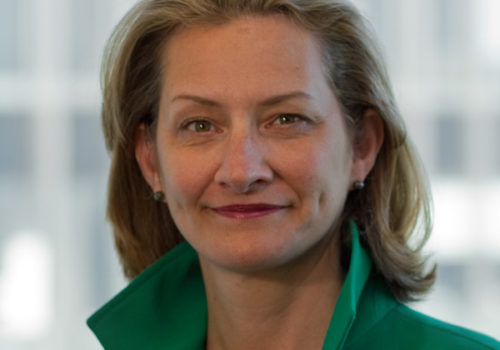For the fourth consecutive year, J.P. Morgan is the official partner of Paris Photo. Lisa K. Erf, who has overseen the JPMorgan Chase Art Collection for the past eight years, spoke to us about her work as a curator, the collection, and the selection of photographs from the collection which are being exhibited at Paris Photo.
Tell us about the collection.
The collection is considered a precursor to, and a model for, modern corporate art collections. David Rockefeller created it in 1959. This year we’re celebrating its 55th anniversary. The idea was, “art at work.” It came at a time of new architecture and renovation programs for the company, so it didn’t make sense to fill the collection with old paintings. The company began purchasing contemporary art, the art of its time. David Rockefeller thought that art should be an extension of daily life, so artwork should be displayed in the office, from the mailrooms to reception areas. The employee response was very positive, and the collection began to grow. Today we have 30,000 pieces exhibited in 450 offices across the globe. The collection, one of the biggest in the world, is comprised mainly of modern and contemporary art. We have work from artists, often purchased before they achieved fame, including incredible pieces by Alexander Calder, Josef Albers, Sam Francis, Pierre Soulages, Cy Twombly, Robert Smithson, Andy Warhol, Jean-Michel Basquiat, Jeff Koons and Joan Mitchell. Nearly one-fifth of the collection is photography, but if we count artists who used photography as a base for their sculptures, paintings or performances, the number is much higher.
What I’m particularly proud of in the JPMorgan Chase Art collection is that, for such a large company, what we truly care about is creating a collection for the benefit of art. We do not engage in speculation or advertising [The collection does not have a website, for example — ed.]. We occasionally exhibit the work on special occasions, like our 50th anniversary in 2009, or events like Paris Photo. We are also making an effort to reach new audiences. For example, each of our exhibitions is held in conjunction with an educational program for young people and families. We also regularly loan our pieces to museums. But the best way to see our collection is to work at or with our company. The collection is very much part of our identity.
Read the full interview in the French version of L’Oeil.
















